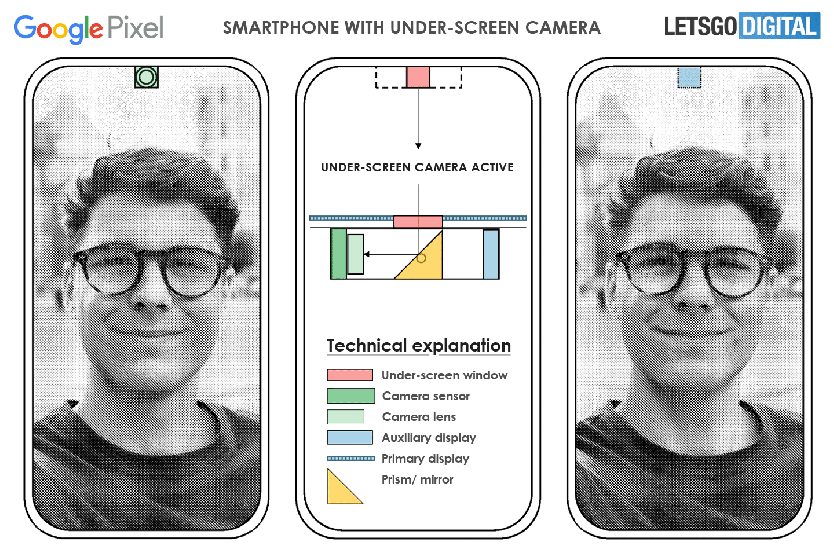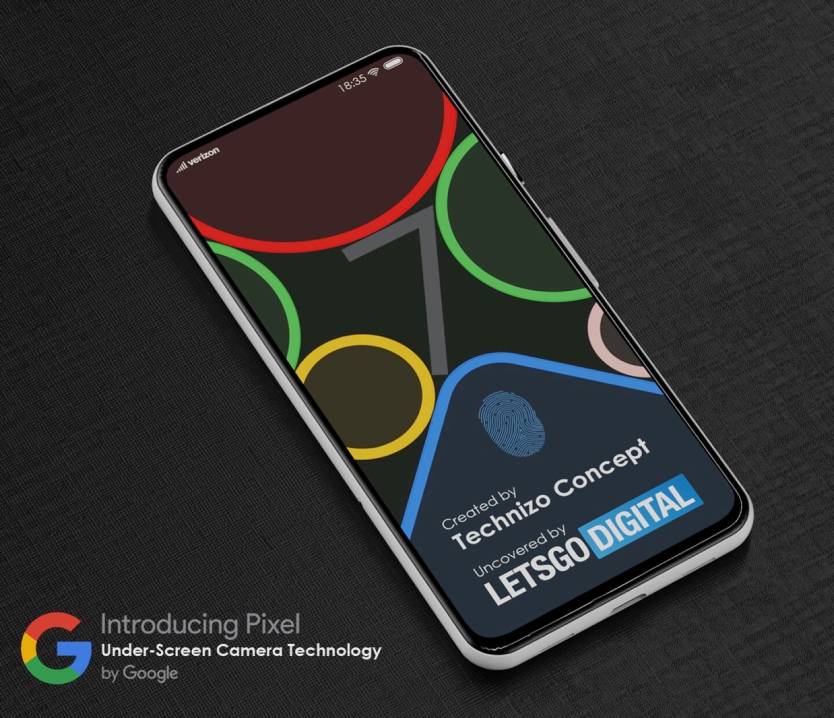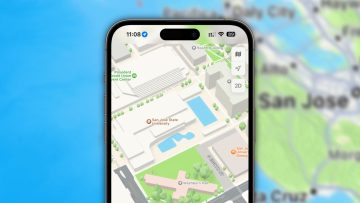A Pixel 6 leak showed us last week the purported design Google devised for the next-gen Pixel handset. Overall, the leak indicates Google is taking the Pixel more seriously than last year, indicating the new phone might offer the kind of flagship build quality and specs we’d expect from this particular iPhone competitor. If that’s one thing that won’t actually change, that’s the screen design. Most handsets have the same display design. If it’s a new iPhone, there’s a notch at the top housing the selfie camera, Face ID components, and other front-facing hardware. Androids feature a hole-punch selfie camera placed in the middle or one of the two corners. The Pixel 6 will have a hole-punch screen of its own, if the render above is accurate.
A brand new discovery indicates that Google is looking to eliminate the hole in the screen and replace it with an under-display camera (UDC). Google has developed a brilliant way that could help it prevent the main problem with UDC. But the design isn’t necessarily flaw-free.
We’ve seen UDC screens in phones for a couple of years now. Chinese smartphone makers Xiaomi and Oppo demoed their prototypes about two years ago, revealing the one problem with the selfie camera. The screen layer that sits on top of it can impact the photo quality. Algorithms are required to compensate for issues and fix the photos. This explains why we’ve only had one commercial phone with a UDC design, the ZTE Axon 20.
Several smartphone makers are supposed to launch phones with under-display cameras this year. Samsung’s Galaxy Z Fold 3 is a likely candidate, considering recent reports. All of these phones should feature a continuous OLED screen with no cutouts. Somewhere under the OLED panel, there will be a camera under it.

This is where Google’s brilliant plan comes into action. Google described its UDC tech in a patent from mid-September 2020 titled Full-screen display with sub-display camera, as found by LetsGoDigital.
The patent describes Google’s idea to prevent camera issues with such a Pixel display design — and Google is all about the camera experience when it comes to Pixel phones.
The animation above perfectly illustrates Google’s idea. The Pixel phone would indeed feature an under-display camera, but the camera would not be placed right under the screen. Instead, the camera sits horizontally, just like a telephoto lens that allows better optical zoom on phones like the Galaxy S22 Ultra. Also, Google will place a “sub-display” secondary screen under the display. In between them, there’s a prism/mirror that can rotate left to right.

In camera mode, the prism will beam light through the screen right onto the sensor. But the part of the screen that light has to travel through isn’t made of pixels as it happens with other UDC phones. Therefore, the camera quality should not be impacted. If anything, the camera might offer better zoom, although the feature doesn’t necessarily make sense for selfies.
Most of the time, the selfie camera isn’t needed, so when the camera is off, the prism will rotate to the right to reflect the secondary screen that will contain the part of the image that fits into that rectangle, as seen in the animation above.
While this innovation prevents camera quality issues, it poses two immediate problems. First of all, this OLED panel would still require cutting. It might not be a hole punching through the screen, but that square has no OLED pixels in it. It’s just glass. Manufacturing the display should be just as challenging as making hole-punch screens.
Secondly, the prism/mirror is a moving part inside a phone. And there are always risks of malfunction with moving parts. Should it malfunction and stop moving, the mechanism might ruin either the camera or display experience. Or both.
That said, there’s no telling if or when Google will use the technology in commercial devices. If Google does go forward with it, then we might see it in phones only, starting with the Pixel 7 next year. This year’s Pixel 6 design is probably decided.







